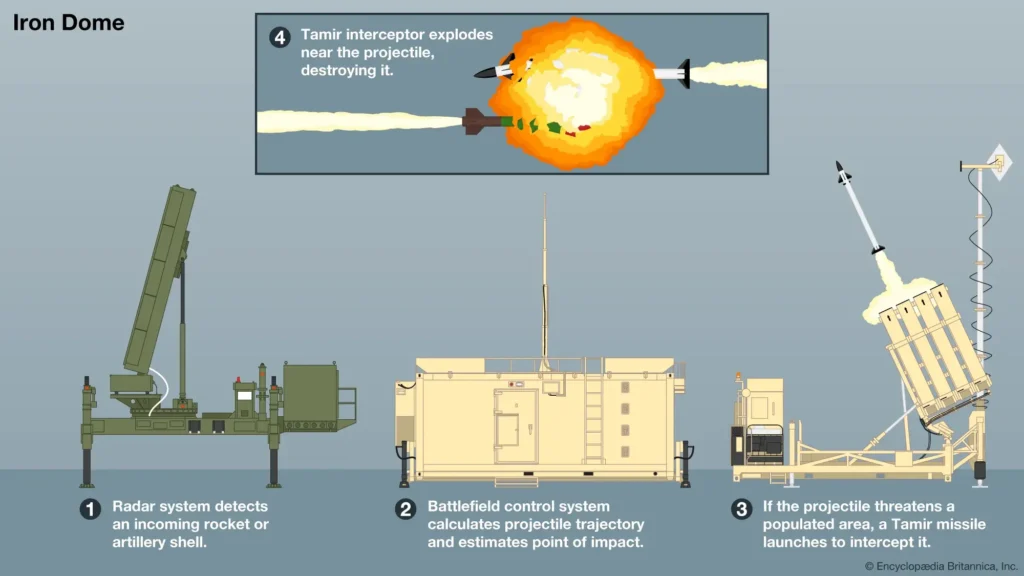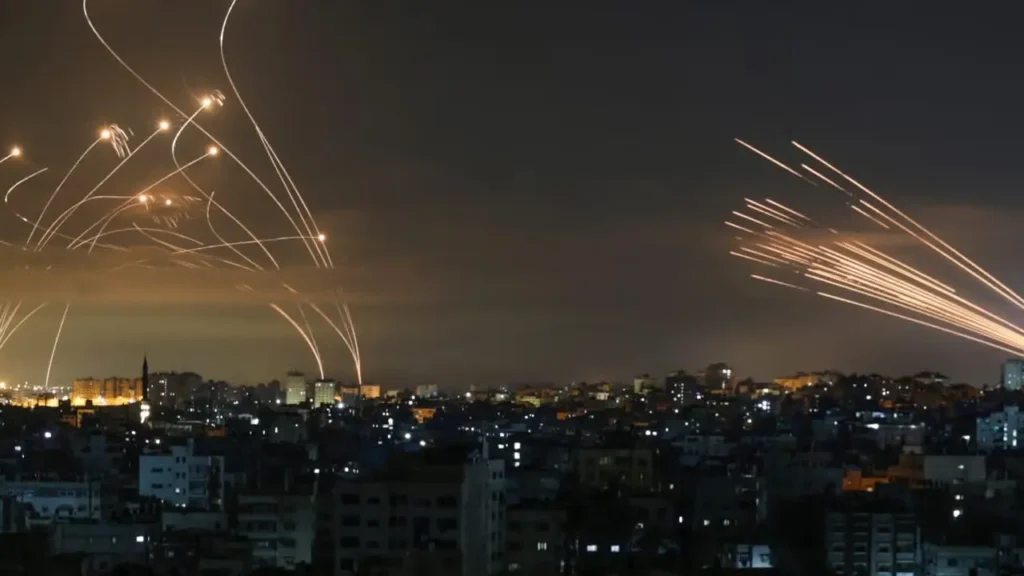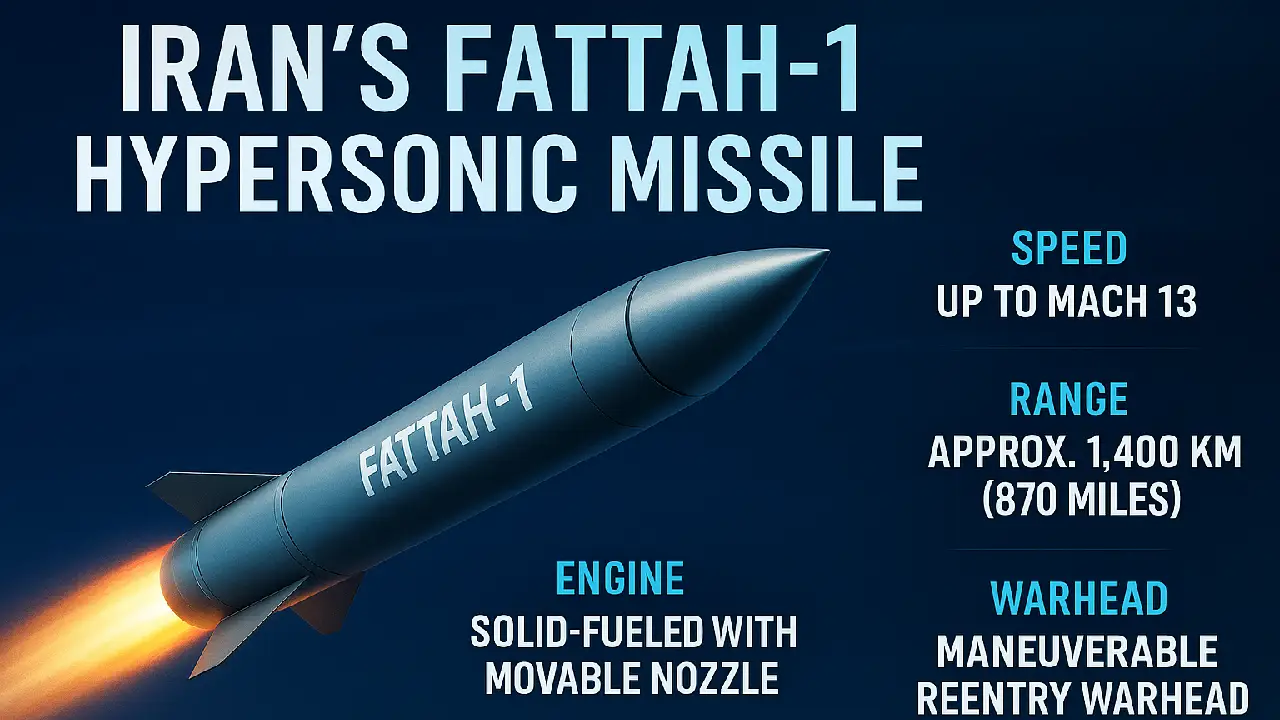The Iron Dome has long stood as one of the world’s most advanced and admired missile defense systems. Developed by Israel with support from the United States, this system has successfully intercepted thousands of incoming threats, protecting cities and saving countless lives. But for the first time in recent history, the Iron Dome was pushed to its limits—and the question on many minds is: Why did it struggle this time?
Let’s break down how the Iron Dome works, why it’s been so effective until now, and what made the recent Iranian attack a game-changer.

What Is the Iron Dome?
The Iron Dome is a short-range, all-weather missile defense system designed to detect, intercept, and neutralize incoming rockets, artillery shells, and mortars before they can strike civilian or military targets. It was officially deployed in 2011 and quickly gained a reputation for its remarkable success rate—over 90% in real-world combat situations.
The system was jointly developed by Rafael Advanced Defense Systems and Israel Aerospace Industries, with financial and technological backing from the United States. Its primary mission is to protect populated areas by identifying and intercepting projectiles that pose a genuine threat.
How Does the Iron Dome Work?
The Iron Dome operates using a three-part system:
- Radar Detection and Tracking:
As soon as a rocket is launched, the Iron Dome’s radar detects its trajectory and calculates whether it is headed toward a populated area or a non-critical location like an open field. - Battle Management and Control Unit (BMC):
This unit processes the radar data in real-time to determine if an interception is necessary. If the rocket is predicted to strike a vital area, the system gives the green light. - Interceptor Missile Launch:
A Tamir interceptor missile is then launched at speeds of up to Mach 2.2—more than 1,700 miles per hour (2.2 times the speed of sound). These interceptors don’t rely on direct hits. Instead, they explode near the incoming rocket, shredding it with metal fragments in a controlled airburst.
Each battery of Iron Dome includes multiple launchers, radar units, and command centers, capable of handling multiple simultaneous threats across different sectors.

🛡️ Iron Dome: 3-Part Operational System Breakdown
| Component | Function & Details |
|---|---|
| Radar Detection & Tracking | Detects incoming rocket launches and calculates their trajectory to determine if they threaten populated or strategic areas. |
| Battle Management & Control Unit | Processes radar data in real time. Decides whether to launch an interceptor based on whether the threat is heading toward a critical location. |
| Interceptor Missile Launch | Fires a Tamir interceptor at speeds of up to Mach 2.2 (1,700+ mph). The missile explodes near the target, destroying it with metal fragment shrapnel. |
| System Capacity | Each battery can manage multiple launchers, radars, and command units, capable of tracking and intercepting several threats at once. |
A Proven Track Record
Since its deployment, the Iron Dome has been put to the test numerous times, especially during flare-ups in the Middle East. To date, it has intercepted more than 5,000 rockets with high precision, preventing widespread destruction and loss of life.
Its effectiveness has made it a model for missile defense around the world. In fact, the U.S. military has tested and deployed Iron Dome units for their own protection in certain regions.
Why Did the Iron Dome Struggle This Time?
The recent large-scale missile attack from Iran marked a significant shift in how adversaries attempt to overwhelm advanced defense systems like the Iron Dome.
On that day, hundreds of ballistic missiles were launched in coordinated waves, a tactic designed to saturate and exhaust the system. Although the Iron Dome can handle multiple threats at once, it has limited interceptor ammunition and a finite tracking capacity. Even with U.S. support, including fighter jets and ship-based missile defense, some projectiles made it through.
This kind of saturation attack is one of the few ways a system like Iron Dome can be overwhelmed—by launching so many rockets at once that the system simply can’t engage them all fast enough.

What’s Next for Missile Defense?
The recent escalation highlights an uncomfortable truth: even the most advanced defense systems are not invincible. As threats evolve, so too must defense strategies.
Israel is already investing in next-generation systems, including:
- David’s Sling – for medium- to long-range missiles
- Arrow 3 – designed to intercept ballistic missiles in space
- Laser-based defense systems – aimed at providing cost-effective, unlimited-firing solutions
Additionally, AI and machine learning are being integrated into detection and response mechanisms to reduce response times and improve accuracy.
Final Thoughts
The Iron Dome remains a technological marvel, and its track record speaks for itself. It has saved thousands of lives and continues to protect millions from airborne threats. However, the recent Iranian attack served as a sobering reminder that no defense system is foolproof, especially in the face of high-volume, coordinated attacks.
Moving forward, countries investing in missile defense will need to look beyond traditional interceptors, exploring multi-layered defenses and next-gen technologies to meet the challenges of modern warfare.







